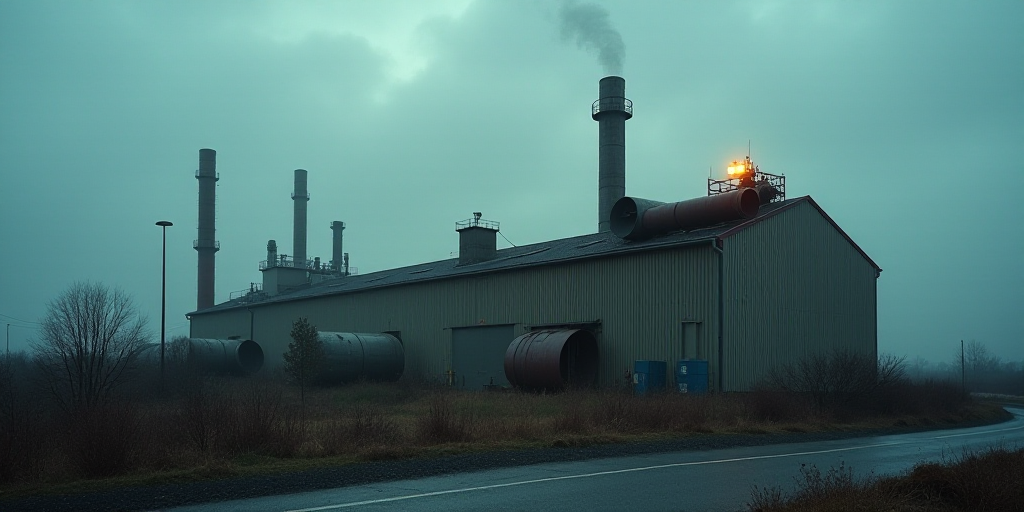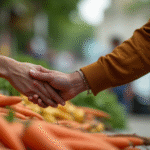Introduction and Background on Suriname
Suriname, the smallest country in South America, is gearing up to receive a surge of dollars from oil exploitation. Its president, Chan Santokhi, is preparing an innovative program to directly share a portion of this upcoming wealth with its citizens.
With one in five people living below the poverty line, Suriname’s challenge lies in extending these benefits to its predominantly rural population residing in the interior.
Oil Production and Investments
Currently, Suriname is one of the few countries that absorb more carbon dioxide than it emits. However, its oil production is expected to rise soon.
Last year, the French group TotalEnergies committed to investing $10.5 billion over the next four years in the GranMorgu offshore oil field located in the Atlantic, 150 kilometers from the coast. This venture, in collaboration with Suriname’s state-owned company Staatsolie, is set to begin production in 2028 with an estimated daily output of 220,000 barrels.
Suriname currently produces between 5,000 and 6,000 barrels per day. This could be just the beginning as no new exploration permits have been issued yet.
“In No Other Place”
Lazard Fréres & Co., the government’s advisor, proposed this “original concept” of specific redistribution for Suriname called RVI (“Regalías para Todos” in Dutch), explained Pierre Cailleteau, managing partner of the French-American bank.
RVI is a coupon that can be claimed if and only if the state receives oil royalties in the future, according to Cailleteau. “There’s nowhere else like it,” he noted.
Distribution of RVI Coupons
In exceptional cases of direct population payments, like in Alaska, gains from the sovereign investment fund are distributed based on previously accumulated earnings.
The first RVI coupons were distributed in early May to around 570,000 eligible citizens, explained Victorine Moti, advisor to the RVI program at Suriname’s Ministry of Finance.
- Individuals over 80 years old and those with disabilities are primary beneficiaries, able to immediately withdraw an amount equivalent to $750, as authorities believe this group won’t fully benefit from future oil earnings.
- The program will gradually extend to the 127,169 citizens over 60 years old living in Suriname. Banks will advance the funds, purchasing RVI.
- Individuals between 18 and 59 years old, as well as miners, can only exchange their coupons starting in 2028 when the state begins collecting oil royalties. They have two options: withdraw the money or save up to a maximum of $1,275 with a 7% annual interest rate. Those who save for 10 years will receive a $150 bonus.
“I Will Spend It”
Naslem Doelsan, 80, plans to spend his share. “I’ll buy good food and things I need,” he told AFP. “Why save? I’m already old and want to enjoy my money.”
Jai Abas, 91, also intends to spend his share. “I’ll give some money to my granddaughter and buy cigarettes,” he said, smiling while holding a stack of 500 Surinamese dollar bills (approximately $12).
Anuschka Tolud, a 38-year-old wheelchair user receiving $4,300 Surinamese dollars (€103) in social allowances, plans to save. Alex Amakaba, 32, who lost both legs, also intends to save as he “doesn’t have concrete plans” yet.
Challenges in Distributing Oil Wealth
With one in five people living below the poverty line, Suriname’s challenge also lies in extending these benefits to its predominantly rural population residing in the interior.
“I’m curious to see how indigenous and mixed-race communities will access these funds and navigate the bureaucracy,” Giovanna Montenegro from Binghamton University in New York told AFP.






